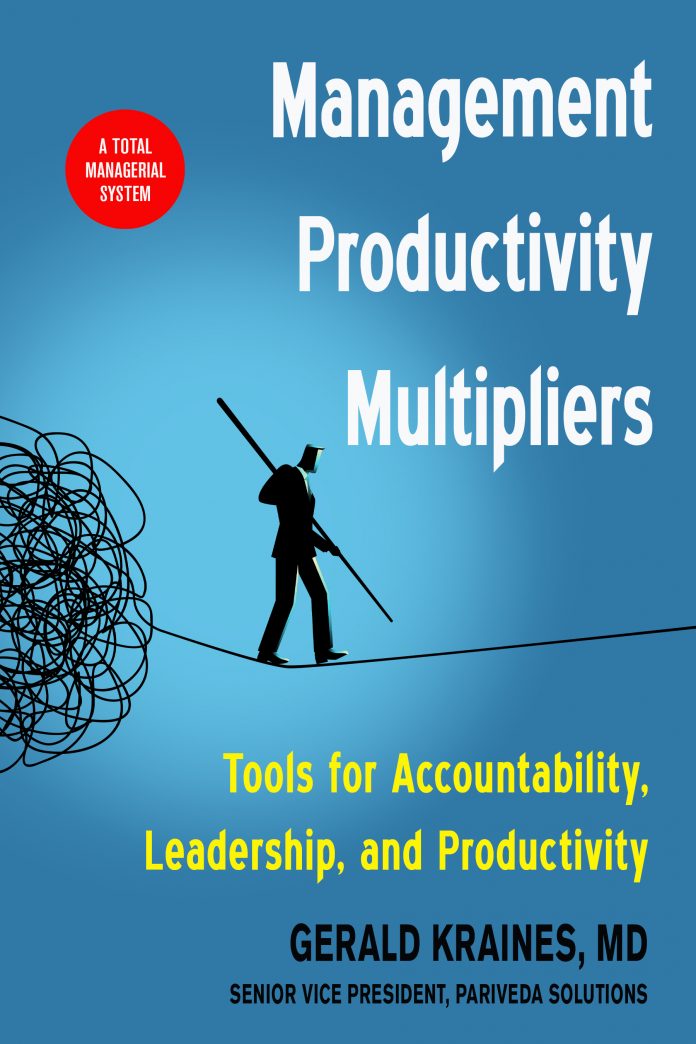
Implementing a Strategic Organization Transformation represents an enormous change in almost every aspect of a company’s work environment. And it is especially true because it is such a transparent system.
Most of this book lays out scientifically proven models and practices for driving major strategic transformational change in order to release an enterprise’s full potential value. It is a truly systems-based approach that ensures meaningful and trust-inducing accountability and a mature and respectful culture. Such optimized organizations create conditions where people can work at their full potential and deliver maximum value in their roles. Their employees feel valued because they are freed up from having to waste time and energy “working the system.” Optimized organizations have capable and efficient processes attached to logical structures. It is always clear who is accountable for what, and those who are accountable have the required resources and authorities.
Optimized organizations have managers who add value and lead effectively to ensure their people will be successful and thus create environments in which their people welcome being held accountable. As one can imagine, such a transformation puts enormous pressure on employees to adjust to radically new ways of working and interacting.
How People Respond to Change
For this reason, it is useful to examine those aspects of human nature that affect how people respond to major demands for change, i.e., when confronted with a crisis. Most people are creatures of habit. When they find things they can do well, they tend to repeat them to feel competent and confident. The sum of these habits becomes fashioned into their identities. “This is what I do, so this is who I am.” People become rooted in these habits; the habits become sources of continued affirmation. People tend to avoid challenges for which they are not yet prepared in order to preserve their self-confidence. This is not true of all people, but most.
The more we are challenged, the more alert we become (physically, mentally, and emotionally). We mobilize to process more information, imagine more possible scenarios, and attempt to create solutions that will bring us back to a more comfortable state of mind. Of course, we can enhance our effectiveness for brief periods in order to cope with increasing pressures up to a point, but we no longer feel comfortable. And if those pressures are too intense or too prolonged, we can unravel mentally, physiologically, and behaviorally and become poorly reactive to even mild demands. This is human nature. Green Berets, Navy SEALs, and mountain climbers thrive on pressure, but most people are not Green Berets, Navy SEALs, or mountain climbers. Most people prefer to remain in a more comfortable steady state.
In addition, most employees have evolved over time a set of implicit expectations of their relationship with the organization and its managers. “If I behave and respond to your requests in these ways, I have learned that you will behave and deal with me in those ways.” This has become their psychological contract. However, when the organization and its managers suddenly behave in new ways and create new expectations, their employees experience a violation of the psychological contract as either abandonment or betrayal. This inevitably leads to a loss of trust and confidence in management.
Mastering New Ways of Working
When struggling to master new ways of working, people feel the loss of the familiar and comfortable things that previously made them feel competent and confident. Suddenly, they are confronted with new demands that threaten them with failure. On top of that, they feel the very psychological contract that enabled them to depend on their managers is now broken. The work of leadership during critical change, therefore, is to help people contend with the losses, prepare for the new demands, and renegotiate a new psychological contract based on new realities.
It is useful to think of this change leadership process as requiring five distinct types of communication. These are informing, clarifying, modeling, seeking input, and setting limits.
From nearly 40 years of observation and consultation, I have found that the best organizational leaders communicate in five specific ways to successfully implement organizational change.
Five Ways to Successfully Implement Organizational Change
- First, leaders need to communicate and provide cogent information so that their people will understand why change is necessary, is reasonable, and is desirable. They must begin by outlining the current situation. “Here is the problem.” “Here are my assumptions about the future.” “And here is why change is needed if we are to be successful in the future.”
Challenges and existing problems are presented clearly and understandably. Nothing should be left to the imagination. A roadmap or guide to the future is then articulated. “This is exactly what we need to do differently.” “These are new skills and new technologies we need.” “This is how we need to structure and operate differently.” Managers also need to candidly express the rationale for change—the “how,” the “why,” and the “when.” This is where transparency may be most important.
Then, leaders dig deeper and go into detail in terms of the decision-making process that led to the specific plan for change. How did we arrive at these decisions? What alternatives were considered and what were the advantages and disadvantages of each? Then, they discuss the logic driving the decision-making process, how exactly the mandate for change was arrived at, and the desired outcome that will be realized.
Desired Outcome: Realization
- This change is necessary.
- This is a reasonable decision.
- This is a worthwhile plan.
- Second, leaders provide clarification about the implications of the change decision in order to reestablish trust. They compare the status quo against the intended future with regard to purpose, values, and cultures. In particular, they provide an overview of what will endure, what will have to change, what will be discontinued, and what will be incorporated into the new ways of working.
In response, employees are encouraged to consider their own values, purpose, and degree of commitment. Then, as employees clarify these issues for themselves, change leaders help them to consider: What changes can they accept? What changes can they not accept and why?
Desired Outcome: Trust
- The change decision was made with integrity.
- “I can live with it. It fits with my values.”
- Next, change leaders model trustworthy behaviors to encourage greater identification with the immediate manager, with top management, and with new organizational goals. They share information and solicit questions. They also invite personal discussion about the professional and personal impact of the changes. This enables good leaders to acknowledge the profound toll that change takes.
As they model behavior, leaders also have to be clear and realistic in their expectations. They should expect mature commitment to work with their managers to discover new skills. At the same time, they have to recognize and sanction temporarily decreased productivity and acknowledge employee needs for support, training, and resources. Leaders should be patient and support their employees in experimenting to develop new skills and new processes.
Desired Outcome: Identification
- With the leaders as “worthy”
- With the organization’s goals, via the manager
- Next, leaders seek input and advice and incorporate their employees’ ideas wherever possible. This way, people will see their own imprint on the blueprint and become personally committed to supporting the change. Specifically, they accept and seek out employee involvement in the logic, strengths, and weaknesses of the strategy and plan. They also seek out employee involvement regarding opportunities to improve the plan. In addition, they accept and seek out employee involvement in the plan’s implementation with regard to such issues as timing, planning, and providing resources.
Good leaders authorize teams of subordinates to study and recommend changes and to delegate as much tactical implementation of the plan as possible.
Desired Outcome: Commitment
- To master new tasks and accountabilities
- To genuinely and unequivocally support the change
- Finally, leaders set limits to ensure appropriate behavior and mutual respect. They define, monitor, and enforce the limits of appropriate behavior in two ways. One, they create opportunities for open and healthy expression of distress and disagreement for individuals and groups. Second, they work to prevent and ameliorate dysfunctional extremes of behavior.
Good leaders act decisively when employees are overwhelmed, psychologically impaired, and firmly oppositional. Overwhelmed employees are either reassigned or released. Psychologically impaired employees are urged to seek professional help. And firmly oppositional employees are given ultimatums and often terminated.
Desired Outcome: Mutual Respect
- The leader’s credo sometimes becomes, “You may not like these changes, but you must behave maturely and act constructively to support them. In return, we will do everything possible to help you be successful”
Step-change improvements in strategic alignment and value creation can be achieved with the productivity multipliers spelled out in this book. However, change leaders must recognize that unless their employees accept and take ownership of these changes, those gains will not be realized.
Adapted, and reprinted with permission from Career Press, an imprint of Red Wheel/Weiser, Management Productivity Multipliers by Gerald Kraines, MD is available wherever books and ebooks are sold or directly from the publisher at www.redwheelweiser.com or 800-423-7087



